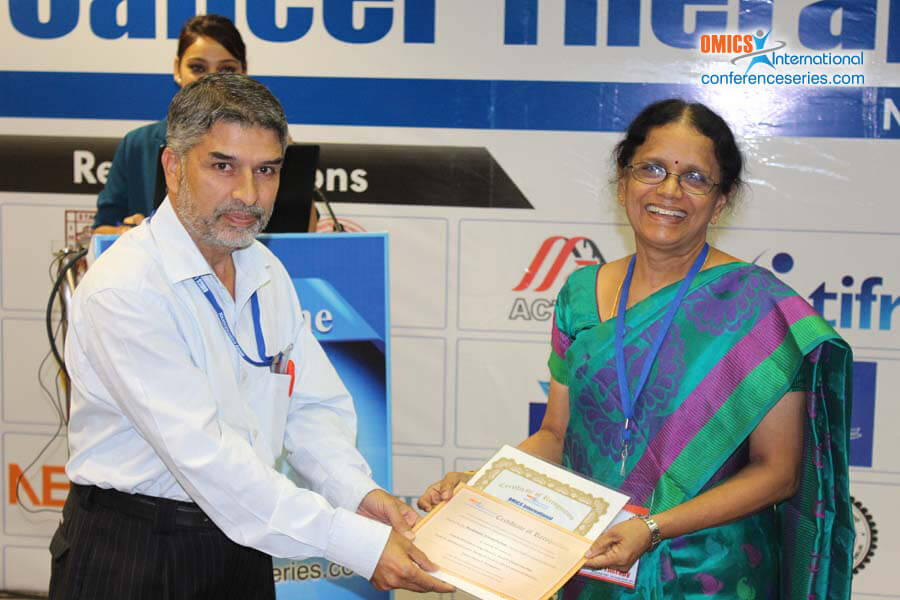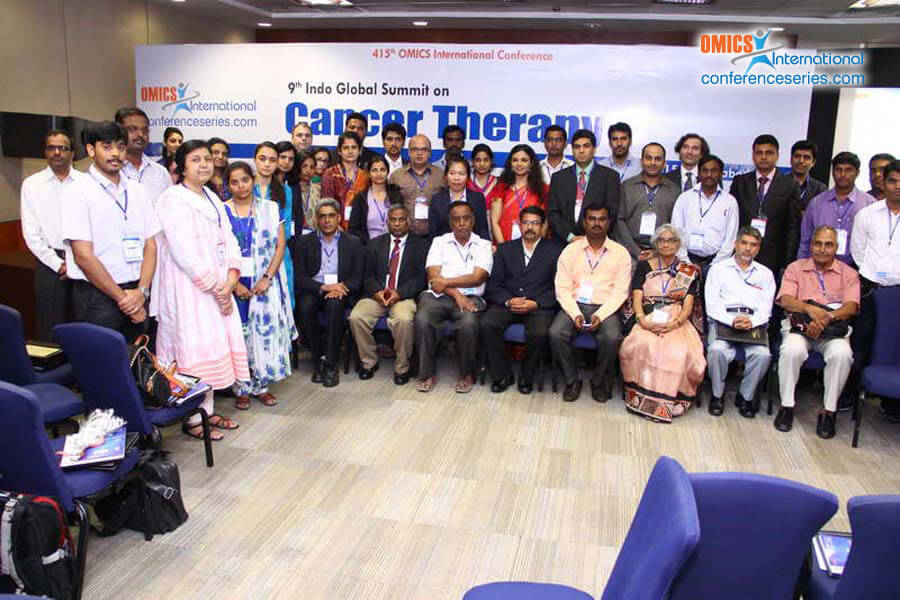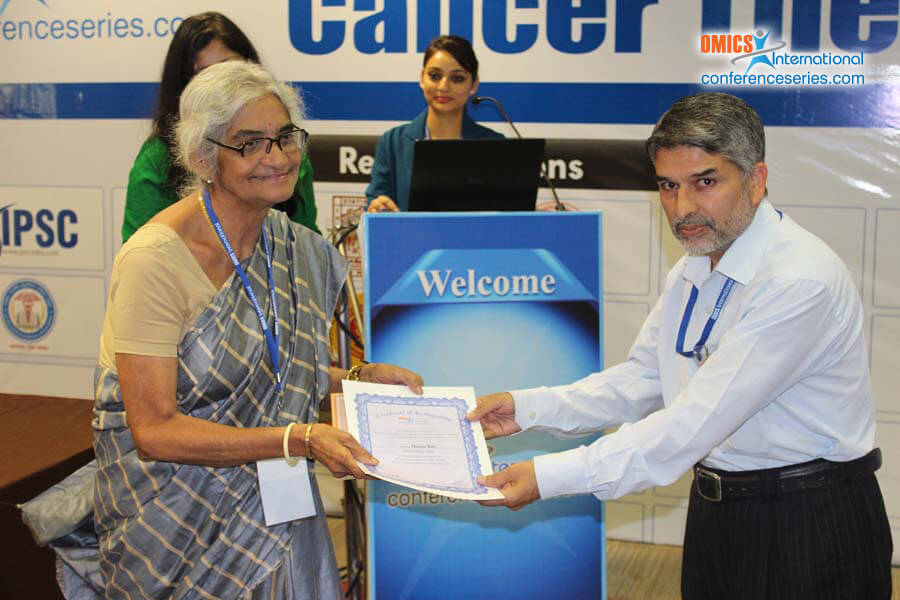
Nazir Ahmad Khan
Sher-i-Kashmir Institute of Medical Sciences, India
Title: Concurrent vs. sequential thoracic radiation in locally advanced non small cell lung cancer (NSCLC) balancing toxicity with efficacy
Biography
Biography: Nazir Ahmad Khan
Abstract
Lung cancer continues to be the leading cause of cancer related deaths worldwide. About 80% of the lung cancers are of the non small cell type. More than 70% of NSCLC patients present with locally advanced or metastatic disease at the time of diagnosis. As most cases of NSCLC present at an advanced stage, decision about the most effective treatment combination remains an important issue. Till mid nineties (1990), the standard of care for locally advanced NSCLC was radiotherapy alone. The results were poor, 1, 2, and 5 year survival rates were 40%, 15% and 5% respectively. Several studies have confirmed that addition of chemotherapy to radiation in advanced stage of NSCLC improves survival when compared with radiation alone. Initially sequential chemo radiation came into practice. The CALGB trial compared standard radiotherapy of up to 60 Gy alone, to sequential cisplatin and etoposide chemotherapy for two cycles followed by 60 Gy. Median and 5 year survival were superior for chemoradiation arm, 19% vs. 7%. Another phase 3rd trial (RTOG88-08 and ECOG4588) randomized stage 3 NSCLC patients (485) to thoracic radiotherapy 60 Gy/6 weeks alone, cisplatin and vinblastin followed by thoracic radiotherapy or hyper fractionated radiotherapy (69.6 Gy/1.2 Gy twice daily). One year survival for radiotherapy alone was 46% and for chemotherapy plus radiotherapy 60%, for hyper fractionated radiotherapy 51%. Concurrent chemotherapy and radiotherapy was investigated in an effort to enhance the effects of radiation besides taking care of systemic disease. The Japanese study by Furuse et al conducted a phase 3rd study where in patients were subjected to concurrent verses sequential chemo radiotherapy. Chemotherapy consisted of cisplatin, vinblastin and mitomycin. Radiotherapy was started on day second of chemotherapy. While as in sequential arm radiotherapy was delivered after completion of chemotherapy. Overall response rate was higher in concurrent arm 84% vs. 66.4% in sequential arm. Subsequently, several studies showed an improved survival with concurrent chemoradiation. However this has come at the cost of increased toxicity. Major toxicities include grade 3-4 esophagitis in 20-30% and myelosuppression in the concurrent arm. The concurrent chemo radiotherapy is regarded as the standard of care for patients with a performance status of 0 or 1 in locally advanced NSCLC.



